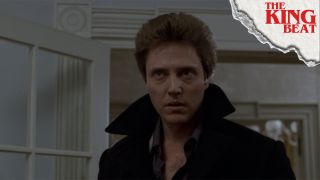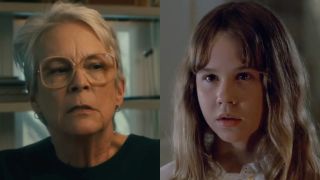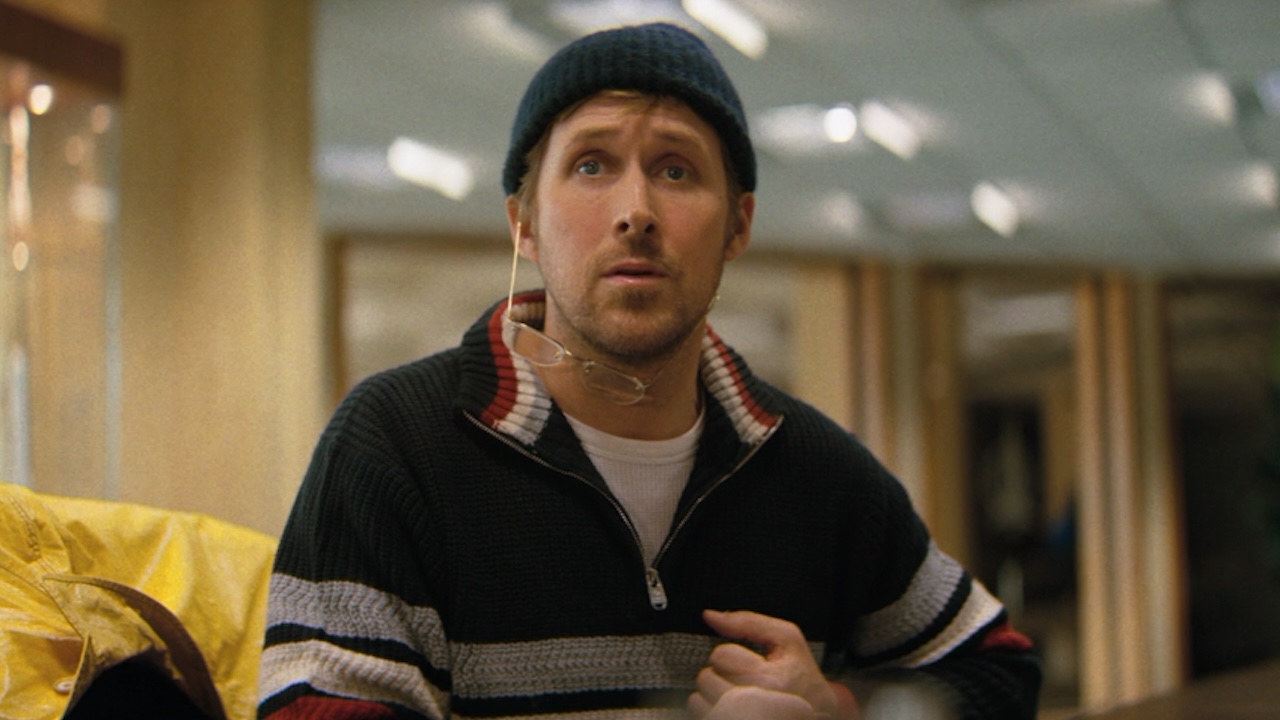horror
Latest horror
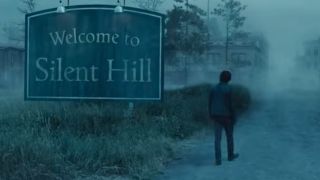
Return To Silent Hill Is Adapting The Second Silent Hill Video Game. Here's Why I Both Love And Don't Love That Idea
By Rich Knight published
Great place to visit...but I wouldn't want to live there.
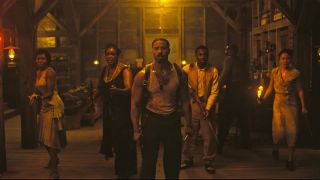
There's One Sinners Actor Who Keeps Getting Snubbed By Awards, But I'm Holding Out Hope They Get An Oscar Nod
By Philip Sledge published
Get this man some hardware!

The Duffers Talk Eleven's Fate In Stranger Things' Final Episode, But I Have A Hole To Poke Through Mike's Theory
By Nick Venable published
Mike keeping optimism alive.

The Purge 6 Gets Hopeful Update From Longtime Producer (And I’m So Glad The Franchise Seemingly Isn’t Dead)
By Dirk Libbey published
Get ready for another Purge.
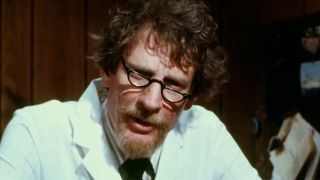
Faces Of Death Is Being Rebooted, And I'm So Curious How It Will Work
By Hugh Scott published
In a desensitized world, can this reboot work?

I, A Scaredy Cat, Can't Believe There Are 6 Horror Movies I Loved In 2025
By Riley Utley published
Falling in love with horror wasn't on my 2025 bingo card.

Whoa, Henry! Stranger Things: The Creel House LEGO Set Is Even More Of A Must-Buy For The Twist-Referencing WSQK Station
By Nick Venable published
Childhood trauma sold separately.
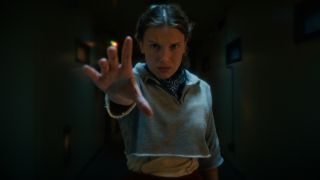
New On Netflix, Disney+, And More: 4 Streaming Shows And Movies To Watch This Week (December 29 - January 4)
By Dirk Libbey published
It's the end of an era for Stranger Things this week.
CINEMABLEND NEWSLETTER
Your Daily Blend of Entertainment News
LATEST ARTICLES
